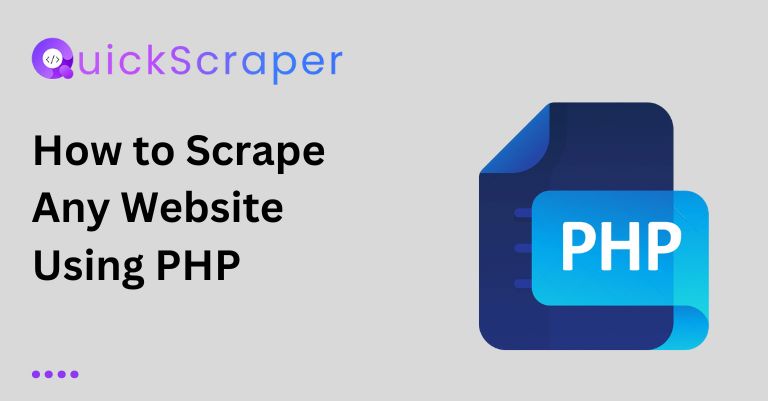In today’s rapidly evolving business landscape, staying ahead of the competition requires more than just intuition—it demands data-driven insights. Market research serves as the linchpin of strategic decision-making, enabling businesses to understand consumer preferences, analyze industry trends, and identify competitive opportunities. In this comprehensive guide, we will delve deep into the world of web scraping for market research, exploring its applications, benefits, implementation strategies, best practices, potential challenges, and the tools that empower this transformative process.
